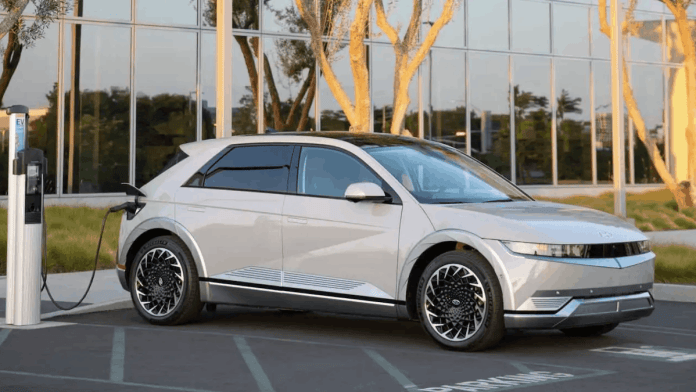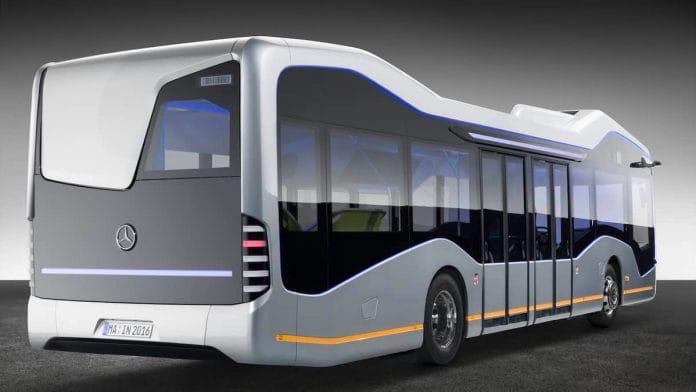The year 1986 was a momentous time in the Philippines. It’s forever etched in history as the year that saw a huge political shift from the previous dictatorship. Historical records show an economic slowdown as an effect of the leadership disturbance, and that included the automotive industry, mobility, and everything in between. There were fewer car sellers then and choices for consumers were few and far between.
But we rose and—fast forward to today—there are now more automotive players in the market than ever. And though the current health and economic crises stand as a huge hurdle towards growth, things have been looking quite optimistic in recent times. Who knows what the future would bring to the auto industry?
To celebrate The Philippine STAR’s 35th Anniversary, we’re here to look forward to 35 years ahead and imagine what mobility would look like based on the current status of the automotive industry. It’s a forecast for 2056, for sure, but I’d wager a thing or two will materialize. Thankfully, I’d be well within a healthy age range to witness if any of the following will ever come true.
But one thing’s for sure, mobility will just be as important as any other essential. So, from the words of my favorite singer, “Whatever tomorrow brings, I’ll be there with open arms and open eyes.”
The future is definitely electric, as we hear announcements from automakers about their future plans. These companies will likely focus on sustainability and clean energy, which will inevitably trickle down to the Philippines sooner or later.
Electric vehicles
As far as I can tell, the use of power sockets to charge a vehicle up was just a pipe dream concept in the ‘80s but right now, electric vehicles have become popular – at least in a global sense.
While the Philippines seems to be lagging in terms of this tech, with Nissan now standing as the first mainstream automaker to breach electric mobility with the new LEAF, I believe 35 years is more than enough for us.

And when I said us, I meant the government supporting the cause for emissions-free mobility with a nationwide network of charging stations that draw fuel from sustainable sources; distributor and consumer incentives for choosing emissions-free vehicles; and we car buyers dropping the stigma against electric cars.
As far as internal combustion engines are concerned, 2050 is a deadline in most countries to ban them completely—a move to neutralize our overflowing carbon footprint in order to save the planet.
Flying cars
Another far-fetched idea that was only an object of science fiction back in the ‘80s was flying vehicles. Today, however, electric flying cars are slowly becoming a reality.
In fact, a company called KleinVision has completed its first-ever inter-city, airport-to-airport, 35-minute flight with its AirCar. The BMW-powered flying car runs on regular pump fuel and can transform from a winged transport machine into a four-wheeled car in a few minutes. The downside is, the AirCar still needs a runway to fly, so space is inevitably a problem. Plus, the initial design is somewhat unpleasant.

Then again, I can imagine 35 years from today we’ll see the mainstream use of flying cars with vertical takeoff – hopefully bearing better designs. It’s an exciting proposition, but one that surely has many benefits… as are disadvantages, like blaming traffic for your tardiness isn’t an acceptable excuse anymore.
Better public transportation
Dreaming about future modes of personal or even group transportation is fun, but what’s actually needed are better and futuristic public transportation options.

I’m not just talking about buses and taxicabs; mass transport vehicles such as trains are a necessity especially within a city and to connecting provinces. I can imagine that in 2056, we’ll see the rise of better and more comfortable public transportation, so much so that those who are wealthy will opt to use them instead of their electric cars.
Autonomous machines
To say that autonomous or automated driving is far off in the future would be a huge lie. In fact, current autonomous technology has reached level 3 at the time of this writing, and that includes self-driving vehicles in motorways.

In more than three decades, I believe there will be more self-driving technologies around that use online data to polish their operations. These driverless machines aren’t limited to personal vehicles; we might even see buses without drivers with payment done through cashless transactions.
Personal mobility vehicles
The onset of the pandemic gave birth to the rise of personal mobility devices such as electric scooters, e-bikes, and even bicycles. It also gave birth to the idea of personal mobility and the importance of having your own bubble while moving around the city.

With that said we can expect more high-tech electric mobility vehicles to proliferate. Toyota has toyed with the idea as early as 2017 with a concept and in December 2020, introduced the Toyota C+pod as its production version.

